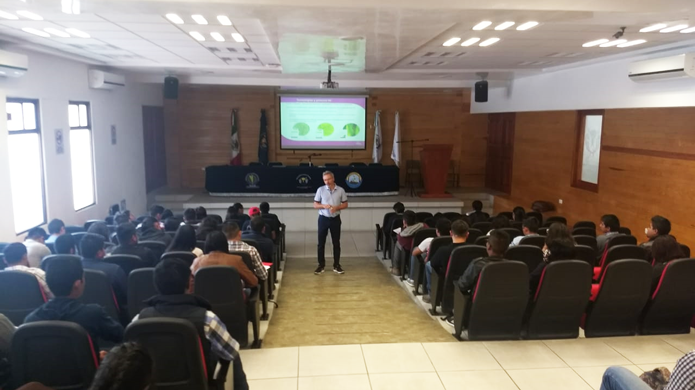“The outstanding properties of algae make them the perfect resource when it comes to horticulture”, Mr Georges Veber, Olmix Plant Care Technical Director, said in front of a crowded audience at the University of Chapingo in Mexico, where many students and professional experts attended on the 8th August to get up-to-date with the latest research by Olmix Group on horticulture and other cultivation practices.
“Algae are a unique renewable source. Their growth speed rate is the greatest to be found in nature, up to 30% per day! They produce more than 50% of the oxygen of the planet and they play a key role if we talk about greenhouse effect and gases. Moreover, they have a huge potential to be used an applied in plants, animal and humans but it is still a non-exploited resource nowadays”, Mr Veber explained.
Although seaweeds may be divided in several specific species, all of them possess common several compounds and properties that have been eventually found to be of great benefit. Olmix Group has developed innovative and unique technologies to extract several active components from marine macro-algae to be used for horticulture and other cultivation practices.

Georges Veber during the conference.

